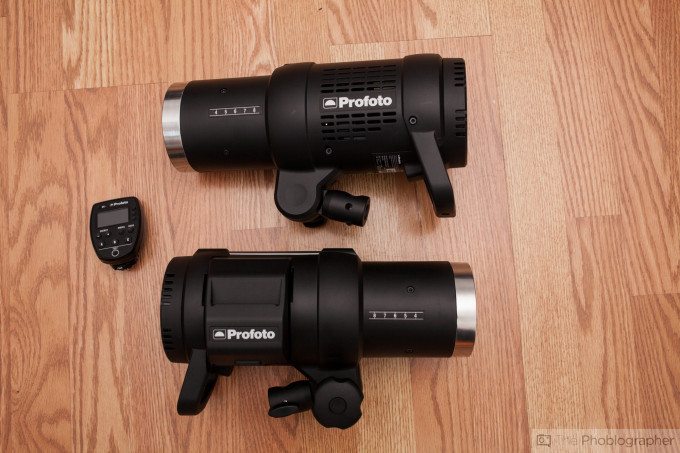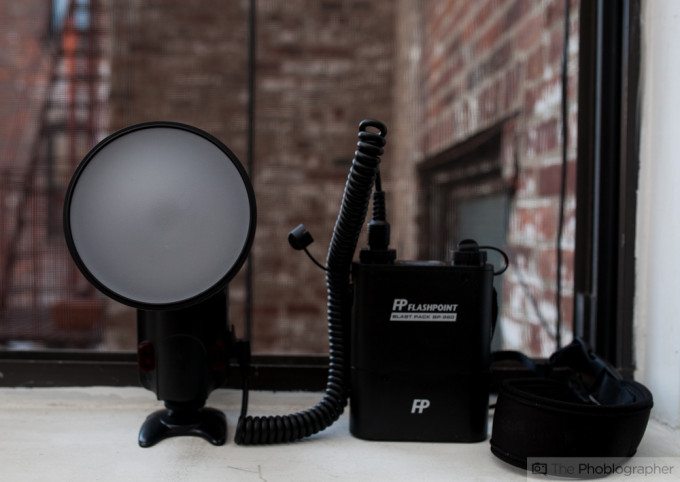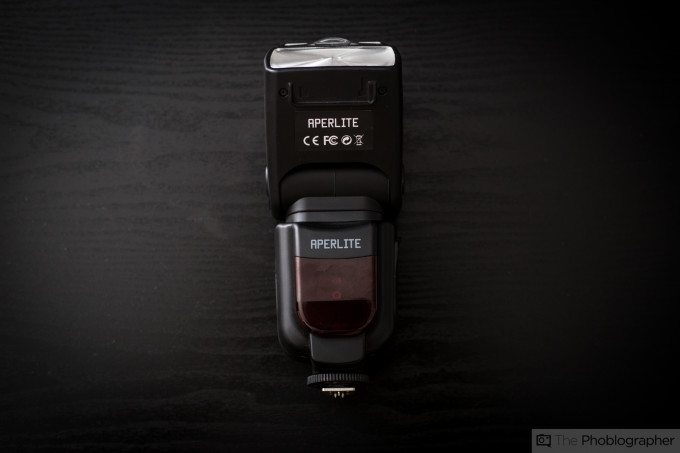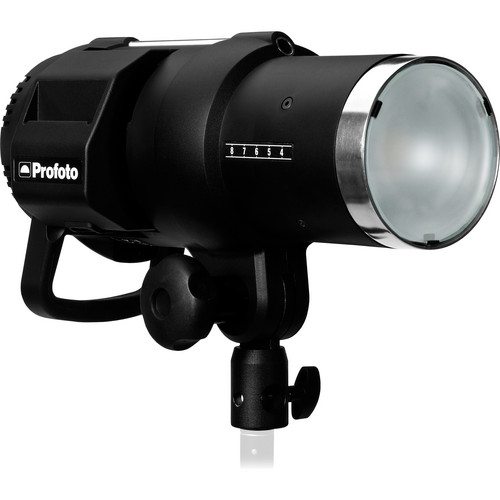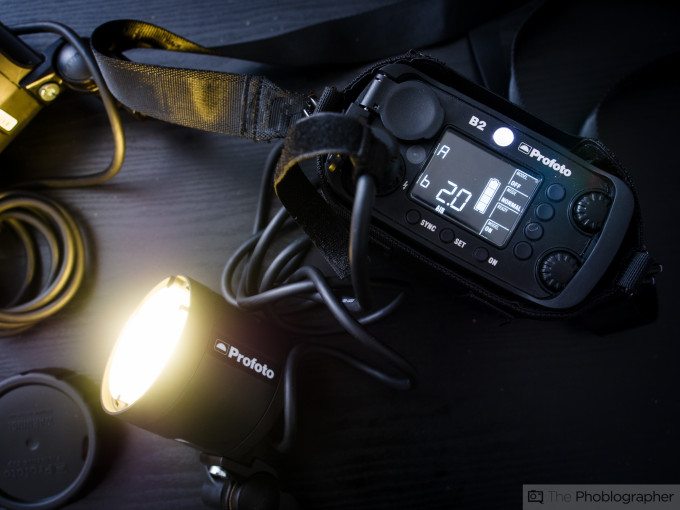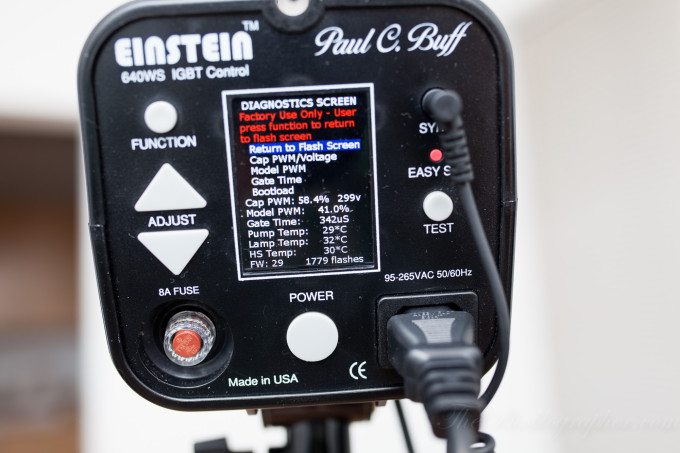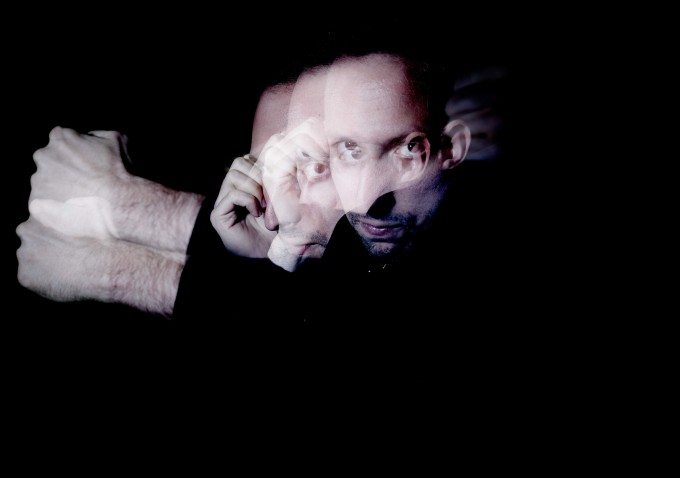Buying a flash for many photographers is pretty complicated. It’s simple enough for most people to understand megapixels, RAW, etc because camera manufacturers put enough marketing into it to do so. But they unfortunately don’t do enough to market their flashes and what they’re capable of. Instead, you as a photographer need to go into forums, stores, etc to figure it out.
Just like trying to explain why someone needs more megapixels or a better lens to a complete layman, it can be tougher to make someone understand why they need a new flash or how to buy one for two reasons: they don’t understand it, and they don’t understand or think creatively in terms of what it can do.
So here’s a breakdown.
Types of Flashes
There are numerous types of flashes and generally they’re associated with hot shoe flashes (those that you put in the hot shoe of your camera.) However, they vary quite a bit and the nomenclature also varies accordingly.
Monolights
Monolights are also known as studio strobes, monoblocs and just strobes. They’re primarily designed to be used in a studio but are also used often on location. Monolights have their own battery source: either in the form of a really big battery pack or one that attaches to the product itself. They’re capable of putting out a whole heck of a lot of power.
Hybrids
Hybrids are becoming more and more popular these days. They started with the Quantum system–which photographers have really started to not like. Adorama’s Flashpoint, B&H Photo’s Bolt, Cheetah Stand and others have been doing these types of flashes recently. They’re often characterized with a bare bulb in some part of the body and don’t have the zoom capabilities that a hot shoe flash does despite the rest of the body being like a hot shoe flash.
Hot Shoe Flashes
These are the flashes that most people are used to seeing and hearing about. They have heads with a zoomable beam, etc.
Power Output
Power Output from a flash is measured in one of two ways: watt seconds or a guide number. Guide numbers are pretty simple once you know how to figure them out accordingly.
This is a quote from our tutorial on how to use a Guide number:
Aperture (X) x Distance (Y) = Guide Number
According to B&H Photo’s listing, the guide number of the Canon 600EX RT is 197′ (60.05 m) ISO100 at 200 mm position. So where does all this extra info come from?
– The flash has a zoom head that goes all the way out to 200mm.
– To do this test, they’re shooting at ISO 100.
So in order to figure that out, we’re going do a bit of math. We have the Guide number which in this case is 197. But let’s say that we wanted to fire our flash at f5.6. In that case our equation would look like this:
5.6 x Y = 197
In this case, Y is the distance and we’re trying to find out the distance that a subject will have to be for proper illumination. In a case like this, you’re doing simple algebra. If you divide 197 by 5.6, you end up with approximately 35.18 feet. That means that at a little bit further than 35 feet, you can shoot with your flash at f5.6 and get a proper illumination in the right conditions at ISO 100. The problem with this though has to do with the fact that everyone has a different idea of what a proper illumination is for a scene.
But by using this formula, you can figure out an approximation of how powerful your flash actually is. In general, the larger the number is the stronger the flash is.
Watt seconds on the other hand get more complicated. The standard hot shoe flash is said to be around 80 watt seconds. So if you’ve got 600 watt second light, you should generally know that the power output is going to be like having around eight flashes.
In many cases, it also means you save money at a tradeoff like TTL or something like that.
The output of power is measured in fractions the same way that shutter speeds are. !/128th power means usually the least amount. 1/4 power means a full quarter of the power is being used accordingly. Most flashes let you adjust in thirds of stops with the exception of monolights that let you adjust in tenths of stops in most cases.
Recycle Time
For many professional photographers, a fast recycle time is essential. Recycle times have to do with how quickly the flash is able to fire again and is directly correlated to the batteries. If you’re sing AA batteries, then they’ll overall have and use less juice. The more power you use from the flash the longer it will generally take to recycle. Part of this has to do with heat that the flash bulb generates while the other part has to do with power transfers.
Slower recycle times mean you do less shooting and more waiting for the flash to recycle to keep shooting.
Settings and Interface
Generally, settings and the interface are a very big part of the experience you’ll need to assess. Some flashes are super simple to use, others get very complicated. The more complicated ones are typically capable of doing some very awesome things though.
Most flashes overall though have few buttons and so you often need to cycle through menu after menu and press button after button to unlock the deeper more advanced features.
If you look at the way a flash or monolight is design, you’ll usually be able to tell what the menu experience is going to be like.
System
Like cameras systems, flashes also have their own accessories that are generally unique to them. For example, Bowens mount lights are often considered to be the most universal when it comes to modifiers but there are other options available out there. Umbrellas for the most part are very standard and just need to be inserted into the umbrella mount on the monolight.
When you’re dealing with hot shoe flashes and hybrids though, it becomes a bit more interesting. Usually modifiers attach to the front of the flash head and accomplish their goals that way.
Flash Duration
Flash duration is very important for many photographers. It can mean stopping very fast moving motion in progress. Beyond that, it can also do things like making the scene look as if the effects of ambient light are lessened. This guide goes much more in depth.
Extra Features
High Speed Sync
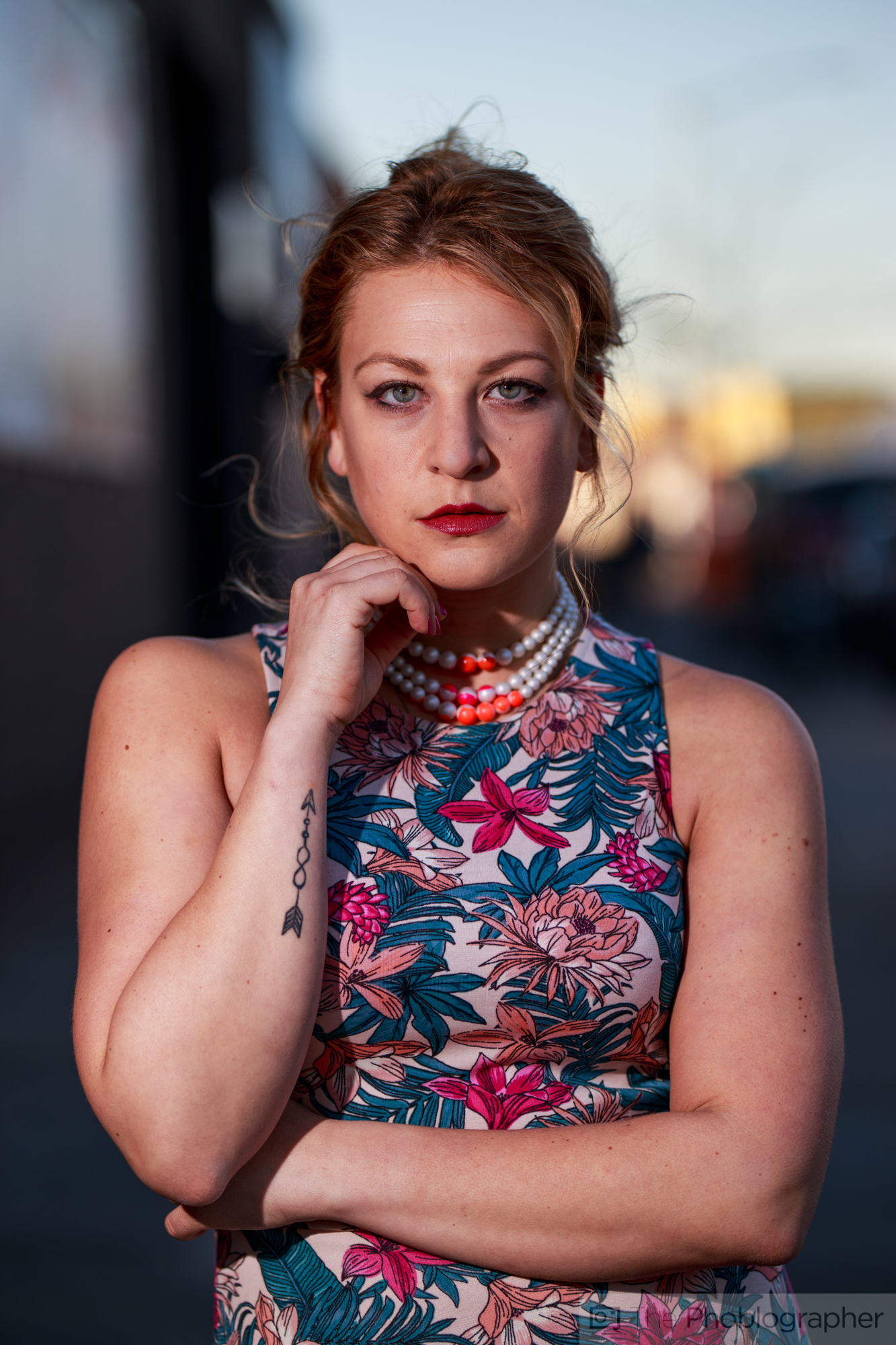
High speed sync is typically only available for flashes that have TTL or are integrated fully into a camera system. Sometimes it works otherwise and sometimes it doesn’t. What high speed sync allows you to do is shoot at a higher shutter speed than what your camera’s shutter would typically allow. It does this by firing off little bursts of flashes that most people can’t see.
Shooting at a higher speed lets you kill the ambient lighting in the scene.
Stroboscopic
Stroboscopic flash is a very heavily under utilized feature of flashes and monolights. The reason why is because it’s pretty difficult to master and get just right. Basically what it does is fires a number of flashes in a series over a certain period of time to stop motion in a variety of areas.
TTL
TTL stands for Through the Lens metering, and it takes into consideration your camera’s ISO and Aperture. It then adjusts the output of the flash according to distance, zoom, and exposure compensation. It’s basically auto mode for flashes.
Questions to Ask Yourself
When you go to purchase a flash, here are the essential questions that you really need to ask yourself:
- How much do I want to spend?
- Do I really need TTL transmission or can I afford to mess around?
- If I can afford to mess around, do I have the knowledge to know how to make adjustments so I can save time?
- What type of content am I shooting?
- How much battery power do I need?
- Do I need to be plugged into a wall?
- How often am I traveling with my kit?
- Will I need to overpower the sun or ambient lighting?
- Do I need radio capabilities or can it shoot with no issues on the hot shoe?
- How tech savvy am I to be able to understand an interface?
- What camera system do I have?
- What about my lenses?
- What types of light modifier will I need?
- Can I use this light to make my subjects look good?
- Can I use it to achieve my creative vision?
- Do I need light stands?
- Do I need sand bags?
- How will this look to my client if I use this? Is my work good enough to make them not care?
- Am I ready to have sharper images?



